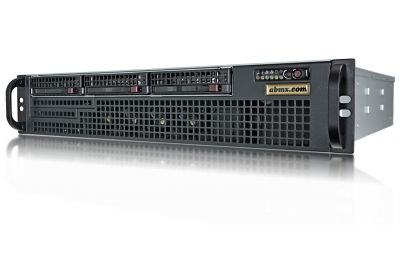Intel has new series of CPUs, and this post will help clarify what the new sockets/series are and where they are best used.
For 4 or 5 years now, Intel has had two different CPU sockets depending on usages. The socket number refers to the number of pins that the motherboard provides and that the CPU requires.
- 1150/1151 - This socket was used for smaller CPUs, with 2-4 cores with higher clock speed and optional hyperthreading on higher-end models.
- 2011 - This socket was for high end servers and workstations with over 4 CPU cores and slightly slower clock speeds. The core-count was from 8-20 cores per CPU. These CPUs could handle 1 to 4 CPUs on a single motherboard.
With AMD becoming a strong force and competitor to Intel, they've updated their CPU line to better suit their customer's needs.
- 1151 - Same as before, for smaller CPUs with 2-6 cores and hyperthreading and higher clock speeds. These CPUs will need new motherboards with new chipsets. This platform has been upgraded to support 128GB of RAM (previously only 64GB) and as well as the higher core count.
- Core Series (Pentium, Celeron, i3, i5, i7, i9) for desktops
- Xeon E-2100 series for servers
- 2066 - This is a new socket from Intel, replacing the 2011-3 high-end workstation motherboards from the previous generation. This socket supports the Xeon W CPUs (4-18 cores) as well as and up to 256GB of memory.
- 3647 - The replacement socket for the 2011 server CPUs. These large CPUs, named "Xeon Scalable" are for high-end servers where upwards of 1TB of memory is needed, multiple CPUs in a single box, and very high core count (up to 28 cores)
So, it give a quick "elevator pitch" to help you decide which one is best for your project:
- 1151 - Cost effective, low core-count
- 2066 - High-end workstation: CAD, 4K video editing, 3D work, NVMe storage
- 3647 - High-end server: virtual machines, high user-count, PCI-e expansion, NVMe storage
Feel free to contact us for assistance in picking the best server for your next project.





